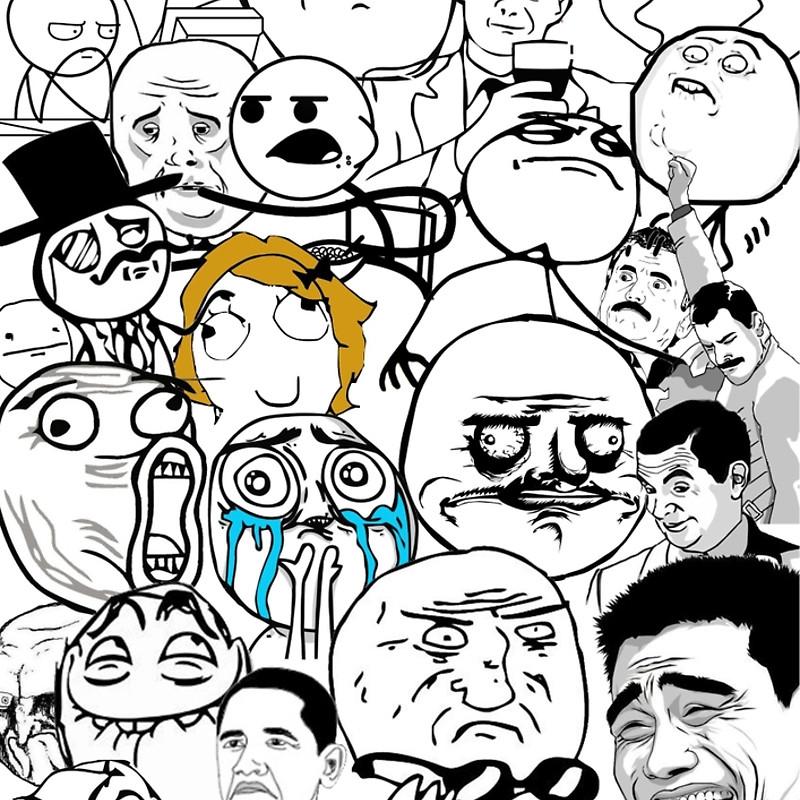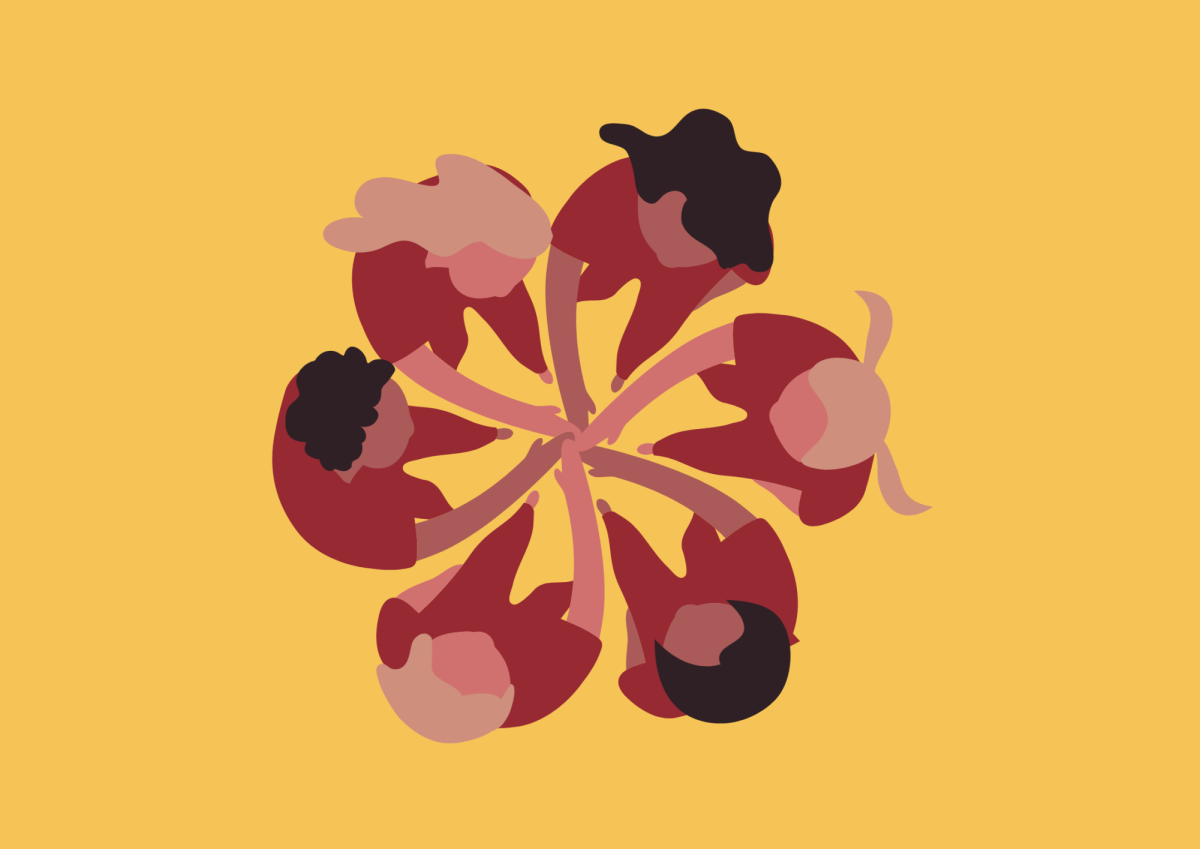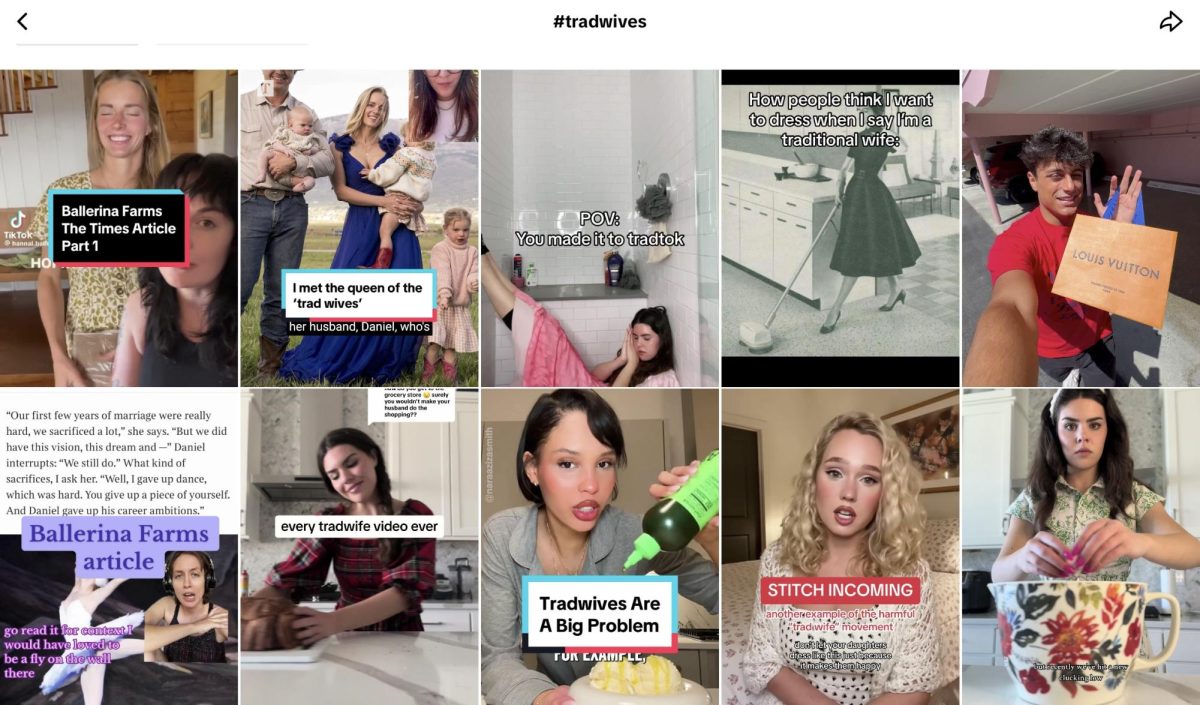Memes have recently regained popularity as an internet fad.
Though it may seem as though memes are just stupid images we laugh at in an attempt to escape the stress of school and life, memes do much more than convey inconsequential ideas. Memes are images composed of a either a short dialogue or phrase combined with an exaggerated, but relatable image. Memes, however, reflect how the digital world has shaped our interactions online. In today’s world, the speed of the internet urges us to seek new and constant stimulation. The accessibility of all that is contained online makes it difficult for us to abstain from indulging in insubstantial but attention-catching content. When we search for entertainment given a limited amount of time, it’s no surprise that we are predisposed to seek what offers us the most immediate gratification. Memes do just that for us.
Tagging your friends in memes is a quick way to connect over first world problems and daily struggles in a public space. Silly memes on Facebook provide us a platform to bond over issues which would otherwise appear out-of-context if randomly raised in a regular conversation. The kind of issues raised by memes are sometimes too inconsequential to warrant a face-to-face conversation for; just right for a quick laugh and glance. With an audience of Facebook friends observing this tagging, memes offer individuals a kind of subtle self-promotion. In participating in this tagging craze, we allow others to see just how relatable we are to one another in a variety of embarrassing or annoying circumstances. We expose the weird eccentricities (in actuality not-so-weird, but rather common) we make fun of our friends for.
So memes say something about our interactions online, but do they have social influence beyond this? With Pepe the Frog recently used, against the intentions of Pepe’s creator Matt Furie, as a hateful Anti-Semitic and racist symbol, some are beginning to question the harmlessness of memes. More than that, a core concern is that certain memes can become a negative social influence by trivializing relevant political ideas or someone’s words, through placing them out of context. In doing so, they flatten the multidimensional nature of different circumstances. About this, Dr. Lipsett says, “I think that’s the danger [of memes]. If you take anything out of context or shrink anything down, it becomes problematic and you lose a lot of the meaning. But with any form [of language] you have to consider how it opens the ideas up to a broader audience. For example, maybe some people might lose interest when offered a [verbal or written] explanation about a social issue, but might be able to engage through hashtags such as #fightfgm. Any time you’re dealing with an image, it’s more effective [with conveying ideas]. For example, I try to use memes in my class, because sometimes it helps students learn.”
Although perhaps unsatisfying to know, memes, just like other forms of expression we use online (be it hashtags or emojis) cannot be a tool for only positive or negative social influence. Hashtags reduce ideas to short phrases, each emoji can convey only one of perhaps a mixture of complex emotions, and memes, similarly, condense situations to a few words and an image. We can value memes for the fun they provide for us, but we can also be wary of what they lack, which their inability to encapsulate much at all when it comes to social or political issues of a larger scale. As Dr. Lipsett summarizes, “[j]ust like anything else with language, it all comes down to how you use it.”


![A collection of college flags. [PHOTO COURTESY OF AMBER HU ('27)]](https://blueandgoldonline.org/wp-content/uploads/2025/05/IMG_5029-1200x577.jpeg)

![An SAT word cloud. [PHOTO COURTESY OF WORDCLOUDS]](https://blueandgoldonline.org/wp-content/uploads/2025/05/SAT.jpeg)
![Collage of banned books, including “The Handmaid’s Tale” by Margaret Atwood. [MINSUN KIM/ THE BLUE & GOLD]](https://blueandgoldonline.org/wp-content/uploads/2025/04/IMG_4274-1200x681.jpeg)

![A collage of dark romance book covers from an online store for dark romance novels. [PHOTO COURTESY OF TRILOGYOFROMANCE.COM.AU]](https://blueandgoldonline.org/wp-content/uploads/2025/04/IMG_4272-1200x600.png)